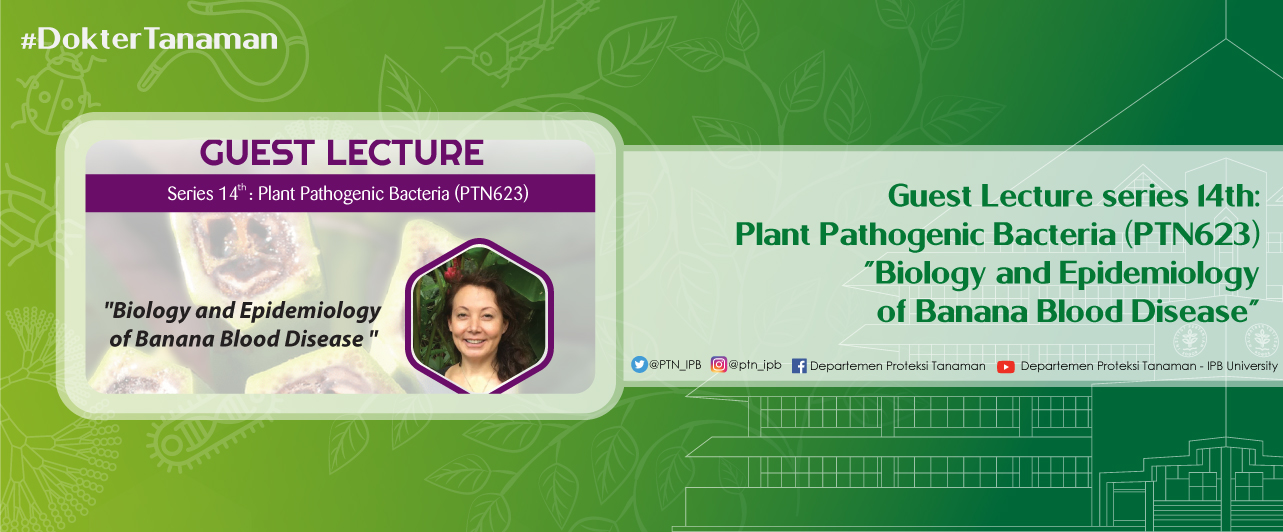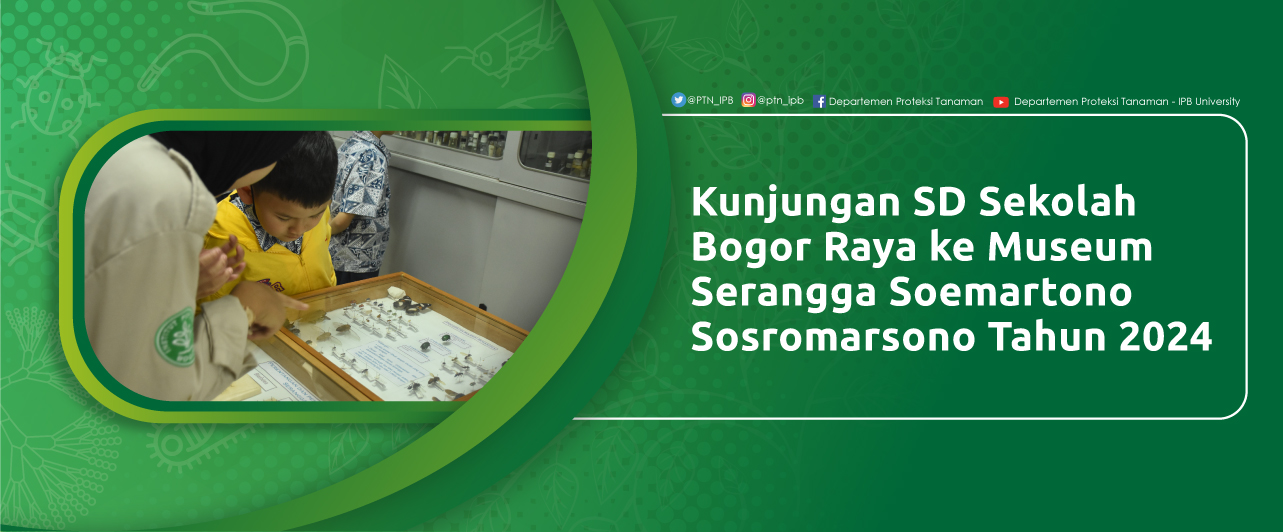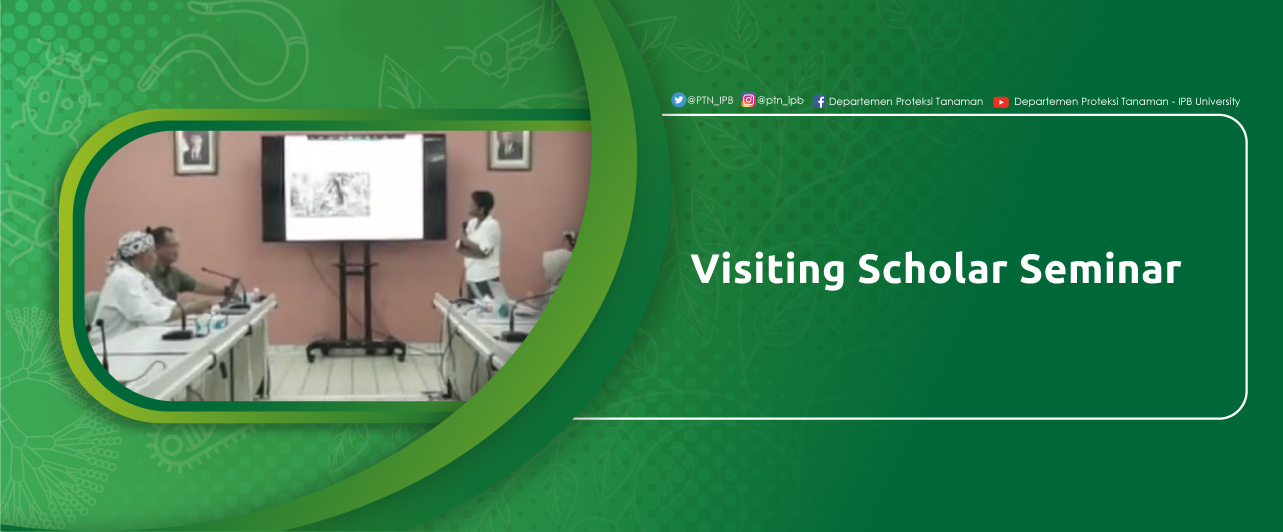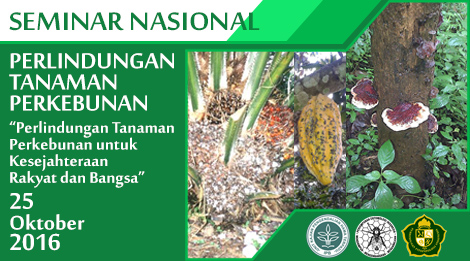
Guest lecture Series 14th: Plant Pathogenic Bacteria (PTN623)
IPB University Guest Lecture Reveals Blood Disease in Bananas Has Spread (Kumparan.com)
Department of Plant Protection, Faculty of Agriculture, IPB University supports the enrichment of learning experiences for students in digital transformation in the COVID-19 era. IPB University also carries an educational format that provides a forum for interaction for students and professionals through discussion and interpersonal competence in the Guest Lecture Series program.
At the 14th Guest Lecture Series, (11/4), Jane Ray, a senior plant pathologist from the Northern Territory Government, Australia, was present to present material with the theme "Biology and Epidemiology of Banana Blood Disease". This material is part of Jane Ray's doctoral studies at The University of Queensland where the field research was conducted in Yogyakarta, Indonesia.
According to Jane, Indonesia is a center for banana (Musa sp.) biodiversity. Banana blood disease (BDB) caused by the bacterium Ralstonia syzygii subsp. celebesensis is one of the important diseases in bananas besides wilt and moko.
“BDB disease in Indonesia was first discovered on a small island in South Sulawesi Province in 1905. After reports of BDB in 1907 in West Sulawesi, BDB was only reported in 1987 in West Java. The results of my research in 2021, BDB disease in Indonesia has spread in Sumatra, Java, Kalimantan, Bali, Lombok, Sumbawa, to Maluku," he explained.
In addition to researching the distribution area of BDB, Jane said that the biological aspect of this disease is very important as a part of integrated disease control. "The typical symptoms of BDB are leaf necrosis and wilting, the inside of the infected young banana fruit is brown in color and there is a reddish color like blood in the vascular tissue," he said.
He explained that the results of biological studies in the field showed that this BDB disease could be transmitted mechanically. It can also be through the intermediary of insects, bats, birds and human activities as well as from the mother plant to the sucker.
"The use of sterile agricultural tools, healthy planting materials, sanitation can prevent transmission and suppress the spread of disease," he added. According to him, one of the important components in controlling dengue fever is a specific and accurate detection technique. Assembling the detection technique using real-time Polymerase Chain Reaction (PCR) using a pair of primers whose sequences were taken from the bacterial chromosome section succeeded in detecting R. syzygii subsp. celebesensis specifically from various regions.
Given the importance of this BDB disease, Jane Ray mentioned the need for further research. Such as alternative control strategies, screening of resistant varieties, studies of transmission of dengue fever through soil and water, and identification of genetic diversity of R. syzygii subsp. celebesensis to determine the presence or absence of these bacterial strains. (**/Zul)
Lecture Material
for more information, please watch video below:









.jpg)